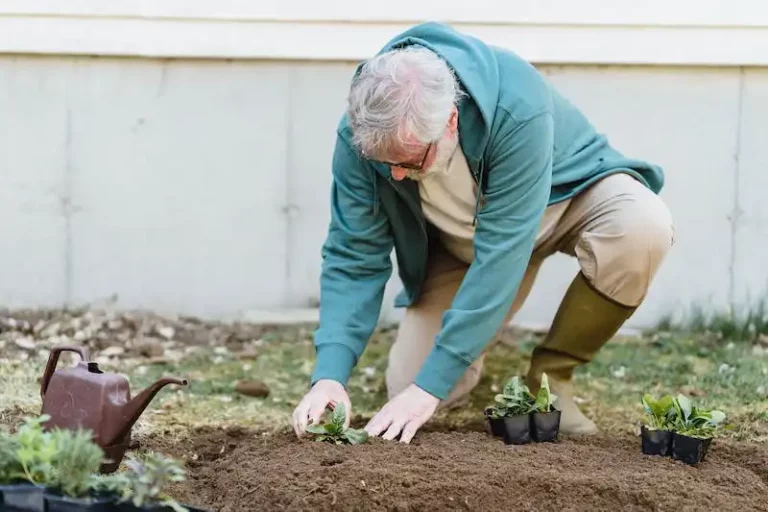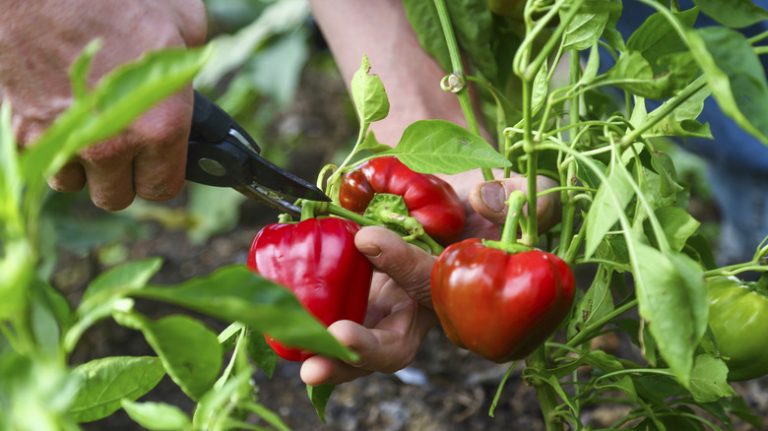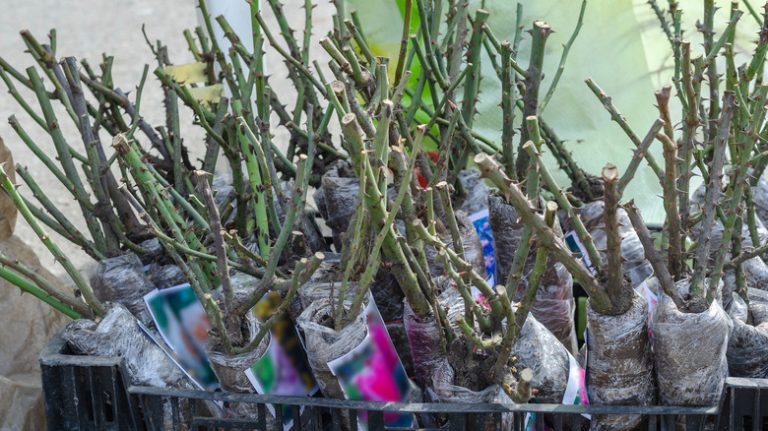Welcome to our comprehensive Edible Flowers Guide, where we explore the world of eating flowers. From marigold to rose, dianthus to magnolia, our guide covers a wide range of beautiful and delicious edible blooms that can add a special touch to your dishes.
Edible flowers have long been used in cuisine for their vibrant colors, delicate flavors, and visual appeal. They are not only used for decorative purposes, but also for their nutritional benefits. Many chefs, such as Mary Morgan, are now incorporating these blooms into their menus to create unique and flavorful dishes.
When it comes to edible flowers, it’s important to know which ones are safe to eat. Some popular choices include marigolds, roses, pansies, and bachelor buttons. These flowers can be used in a variety of dishes, both sweet and savory. For example, the petals of marigolds can be used to garnish salads or to add a pop of color to a cake. Roses can be used to flavor syrups or to make delicious rose water. Pansies and bachelor buttons can be added to salads or used as toppings for desserts.
Whether you want to start a new business based on edible flowers, or simply want to add something special to your homemade meals, our Edible Flowers Guide will provide you with all the information you need. We will tell you how to source and buy edible flowers, the best ways to prepare and store them, and even give you some hints and tips for decorating with flowers. So, why not add a touch of beauty and flavor to your dishes with edible flowers?
Edible flowers
Edible flowers come in a wide range of colors and flavors, making them a beautiful and flavorful addition to any dish. From bright and bold marigolds to sweet and delicate lilacs, there is an overwhelming variety of edible flowers available.
Some edible flowers have a sour or occasionally bitter taste, while others are incredibly sweet. Gorgeous flowers such as freesia, begonia, and dianthus can be used to garnish desserts or add a pop of color to salads.
Edible flowers can be used in a variety of ways, from baking them into cookies to infusing them into sugars. They can also be used to add flavor to pasta dishes, soups, and even brownies. Mary Morgan, a well-known flower grower, recommends using edible flowers that are closely related to the flavors you want to accentuate in your recipe.
One of the best ways to grow edible flowers is to include them as part of your vegetable garden. Flowers such as marigolds, anise hyssop, and sweet pea can attract pollinators and benefit your garden while also providing you with beautiful and edible blooms.
When using edible flowers, it’s important to remember a few guidelines. First, only use flowers that you know are safe to eat. Avoid using flowers that have been sprayed with pesticides or those that are sold in plastic wrap or containers. Secondly, remove the pistils and stamens from flowers before consuming them, as they can be bitter. Finally, be mindful of any potential allergies or sensitivities you or your guests may have.
Here’s a quick guide highlighting some common edible flowers:
Marigolds: These flowers are not only beautiful but also have a slightly citrusy flavor. They are often used in salads, soups, and as a garnish.
Lilac: Lilac flowers have a delicate floral taste and sweet fragrance. They can be added to syrups, jellies, or used to infuse desserts.
Lemon balm: The leaves and flowers of lemon balm are commonly used in teas and desserts, adding a lemony flavor.
Begonia: Begonia flowers have a tangy and slightly sour taste. They are often used in salads or as a decorative touch on desserts.
Dianthus: Dianthus flowers, also known as pinks, have a sweet-to-spicy flavor profile. They can be used in salads, desserts, or as a garnish.
Alyssum: Alyssum flowers have a subtle floral taste with hints of honey. They are often used as a garnish or added to salads.
The benefits of edible flowers
Edible flowers not only add visual appeal to dishes but also provide a range of health benefits. Many edible flowers, such as marigolds and dianthus, contain antioxidants and vitamins. Their vibrant colors indicate the presence of flavonoids, which have been linked to various health benefits.
When growing flowers for edible purposes, it’s important to ensure that they are grown using organic methods. Avoid using pesticides or chemical fertilizers, as these can be harmful when consumed.
In conclusion, edible flowers offer a unique and flavorful addition to both sweet and savory dishes. With their beautiful colors and varying flavors, they can elevate a meal from ordinary to extraordinary. Whether you’re baking cookies or preparing a salad, consider adding some edible flowers to your recipes for a touch of beauty and flavor.
Choose only safe-to-eat flowers and eat the right part of the plant
When it comes to edible flowers, it’s important to make sure you choose the right ones and consume them safely. Not all flowers are safe to eat, and some parts of the plants can be toxic. Here are some tips to help you enjoy edible flowers without any risks:
- Before consuming any flower, be sure to verify if it is listed as safe to eat. There are many resources available, such as books or websites, that provide information on edible flowers.
- If you’re planning on growing your own edible flowers, prioritize safety. Make sure to properly research the flowers you want to grow, including their safety for consumption and any potential pests or diseases.
- When harvesting edible flowers, always pick them from the plant’s surface or above. This ensures that you’re getting the right part of the plant and avoiding any potential toxins that may accumulate in the lower parts.
- In addition to flowers, some plants also have other edible parts, such as leaves or stems. For example, dill flowers can be used to flavor pasta dishes, and rose petals can be added to baked goods.
- Remember to remove any unedible parts before consuming the flowers. This includes removing the stamens and pistils from flowers like roses or daylilies.
- Consider your climate and planting zones when choosing edible flowers. Some flowers may only thrive in specific regions, so it’s important to select flowers that will grow well in your area.
- Keep in mind that not all flowers are created equal in terms of taste and flavor. Some flowers, like nasturtiums or violas, have a more peppery or tangy flavor, while others, like violets or pansies, have a milder taste.
- Incorporating edible flowers into your dishes can add a unique and beautiful touch. For example, you can sprinkle pansies on a salad or use them to garnish a drink. Get creative with your flower usage!
- Although edible flowers are generally safe to consume, it’s always recommended to consult scientific literature or experts if you’re unsure about a specific flower’s edibility.
By following these tips and being cautious, you can safely enjoy the flavors and beauty of edible flowers in your culinary adventures. Just remember to choose the right flowers and eat the proper parts of the plants!
For more information on edible flowers and related topics, you can visit websites like the University of Minnesota’s Extension website: http://extension.umn.edu/flowers/edible-flowers.
Select flowers without pesticides
When choosing edible flowers, it is important to select ones that have been grown without the use of pesticides. While some flowers may look pretty and enticing, the additional chemicals used to control pests and diseases can be harmful if ingested.
There are many flowers that you can enjoy without worrying about pesticides. The delicate and subtle colours of flowers like the Fraisier vesca, commonly known as wild strawberry, make them perfect for adding to salads or drinks. The milder flavours of open geranium or the rose-like perfume of lavender also make them popular choices for culinary uses.
Other commonly used flowers in cuisine include violas, marigolds, nasturtium, calendula, and gypsophila. These flowers not only enhance the visual appeal of dishes, but they also bring their own unique flavours to the table. For example, violas have a slightly lettuce-like taste, while nasturtium has a peppery flavor reminiscent of radishes. Calendula petals can add a touch of sunny brightness to salads or soups.
Chefs often stuff flowers with other ingredients like cheese or fish to create stunning and delicious appetizer items. The button-like flowers of the malus or crabapple tree can be filled with cinnamon-spiced cream cheese, while gypsophila flowers are often stuffed with goat cheese. The flowers of the tropaeolum or nasturtium plant are commonly used to make pickles or infused vinegar.
In addition to using flowers in dishes, some flowers can also be used to make drinks. For instance, the petals of rose or geranium can be used to infuse water, tea, or wine with their delicate fragrance. The flowers of the Nepeta or catnip plant are often used to make herbal teas, while the bluebell or Viola odorata flowers can be used to flavor gin.
While it is always recommended to purchase edible flowers from local sellers or grow your own, it is important to be cautious. Not all flowers are safe to eat, and some may even be toxic. Be sure to research the flowers you plan to use and only consume those that are known to be safe.
In conclusion, selecting flowers without pesticides is crucial when it comes to enjoying their beauty and flavor in culinary creations. Whether you are dressing up a salad, creating a stunning appetizer, or infusing drinks with floral notes, be mindful of the flowers you choose and ensure they are free from harmful chemicals. Enjoy the chance to experiment with different flowers and unleash your creativity in the kitchen!
Choose flowers that taste good
When it comes to edible flowers, it’s always important to choose ones that not only look good but also taste good. Here’s a guide to help you pick the right ones:
Alyssum: These small flowers have a sweet-to-spicy flavor and can be used to garnish desserts or to add a pop of color to salads.
Bachelor’s buttons: Also called cornflowers, these flowers have a mild, slightly sweet taste and can be used in dishes such as soups and salads.
Begonias: The petals of begonias have a tangy, citrusy flavor and are often used in salads or as a garnish for cocktails.
Borage: Borage flowers have a subtle cucumber flavor and are often used in drinks like a refreshing borage lemonade.
Calendula: Also known as marigold, calendula flowers have a tangy taste and can be used to add color and flavor to salads, soups, and rice dishes.
Dianthus: Dianthus flowers, also known as carnations, have a slightly spicy, clove-like flavor. They can be used to infuse sugars or in baking and making flavored butter.
Phlox: These delicate flowers have a slightly sweet taste and can be used in salads or as a garnish for desserts.
Violas: Viola flowers have a mild, slightly sweet flavor and are often used in desserts like cakes or to decorate dishes like salads and yogurt.
Thyme: Thyme flowers have a subtle floral flavor and can be used to infuse oils or to add a hint of floral taste to dishes.
Dill: Dill flowers have a mild, sweet flavor that is similar to the herb itself. They can be used in pickling or as a garnish for fish dishes.
These are just a few examples of edible flowers that you can choose from. When buying edible flowers, always make sure they are labeled for culinary use to avoid using toxic flowers. If you’re unsure about a specific flower, do some research online or ask the nursery for more information.
Keep in mind that flowers should be used in moderation as some people may have allergic reactions. It’s also important to note that not all parts of a flower are edible. For example, remove the pistils and stamens of dianthus before consuming.
So go ahead and add some gorgeous and delicious flowers to your dishes. They’ll not only make them look stunning but also give them a unique and unusual taste!



